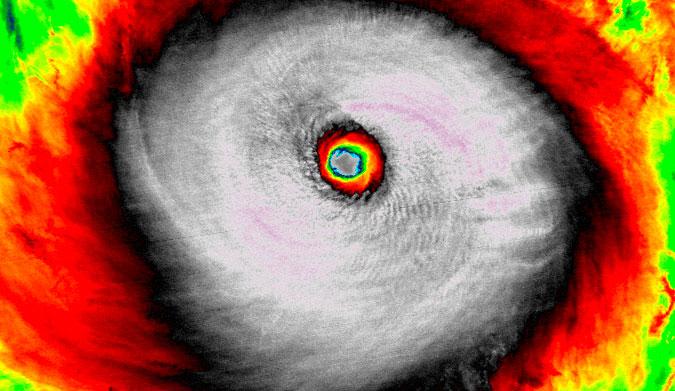In my last post I was talking about one of the world’s most destructive fishing methods; bottom trawling for shrimp. This is the way most wild shrimp are caught and it has created an environmental disaster in terms of destruction of the seabed and what lives there. Bottom trawling has to end if we are to have sustainable fisheries in the future.But what about shrimp farming?
Because catching shrimp has become more difficult, the world has quickly turned to shrimp farming as a way of meeting the accelerating demand. Today, about 90% of American shrimp is imported from Bangladesh, China, Thailand, and Vietnam where shrimp farming has become an art and environmental protection is almost non-existent.
Commercial marine shrimp farming took off in the early 1970’s and reached about 1.6 million tonnes in 2003 with Thailand the leading exporter. During this period shrimp farming went through a steep learning curve. The now huge farms became targets for shrimp diseases and the industry suffered several ‘wipe outs’ before stricter controls and more science were applied. There is still a long way to go and most shrimp consumers would be shocked to see the way shrimp are raised.
As Jill Richardson details on Alternet.org , “The shrimp pond preparation begins with urea, superphosphate, and diesel, then progresses to the use of pesticides (fish-killing chemicals like chlorine and rotenone), pesticides and antibiotics (including some that are banned in the U.S.), and ends by treating the shrimp with sodium tripolyphosphate (a suspected neurotoxicant), borax, and occasionally caustic soda. Upon arrival in the U.S., few if any, are inspected by the FDA, and when researchers have examined imported ready-to-eat shrimp, they found 162 separate species of bacteria with resistance to 10 different antibiotics.”
This puts a new meaning on the famous “shrimp cocktail”; what are we eating when we order shrimp? But making shrimp consumers guinea pigs for low level exposure to chemicals is only part of the down side of shrimp farming.
The most convenient place to put marine shrimp farms is next to the sea. The cheapest land is mangrove forest. As mangrove forests are cleared, offshore fisheries collapse and coastal waters turn muddy and unproductive. As the shrimp ponds are repeatedly used, production eventually falls and the shrimp farmers abandon the land for new sites.
Unfortunately, mangroves are not only the nursery ground for numerous coastal fish including wild shrimp, they are the most productive ecosystem on the planet. Through photosynthesis these unusual forests growing with their roots in seawater manage to produce thousands of tons of nutrients that find their way to deeper water. Mangroves also remove enormous quantities of CO2, the greenhouse gas, from the environment and lock it up in peaty soils.
Each kilo of farmed shrimp we buy helps to defeat the work Nature is doing to slow global warming and provide sustainable resources.
Friends of the Earth Malaysia president SM Mohamed Idris said the government’s Aquaculture Industrial Zone was a threat to natural surroundings and contributed to serious environmental problems including the further depletion of wild stocks.
An analysis of changes in mangrove areas in Perak, Malaysia conducted by the Forest Research Institute of Malaysia (FRIM) showed a 64% decline in mangrove forests from 1989 to 2009.
Shrimp normally feed on the detritus and tiny animals on the ocean floor. In ponds, they are fed fish meal and trash fish. The trash fish that used to be unwanted marine life and juvenile commercial species are now kept and in some cases targeted as a shrimp farm food source.
Mr. Idris said the use of trash fish in the aquaculture industry threatens the survival of marine life because these trash fish consist of small, juvenile fish caught by the trawlers. In Malaysia trash fish was the second largest fraction of fish landings by trawlers in 2010, amounting to 35.37% from 718,168 tonnes.
Shrimp farming does have the potential to help meet our huge demand for shrimp. Right now the environmental cost is too high and there seems to be little or no regulation to improve the situation. Standards and environment are sacrificed to the drive for maximum profit.
In the mean time it would be a good idea to check out one of the many sustainable seafood lists on the internet.
Consider other types of seafood next time you are thinking shrimp. Some great choices that include both high levels of Omegas, low levels of mercury and which are sustainably harvested, include:
• Albacore tuna (from the U.S. or British Columbia
• Freshwater Coho salmon (farmed in tank systems, from the U.S.)
• Oysters (farmed)
• Pacific sardines (wild-caught)
• Rainbow trout (farmed)
• Salmon (wild-caught)
Other healthy choices:
• Arctic char (farmed)
• Barramundi (farmed
• Dungeness crab (wild-caught, from California, Oregon or Washington)
• Longfin squid (wild-caught)
• Mussels (farmed)




